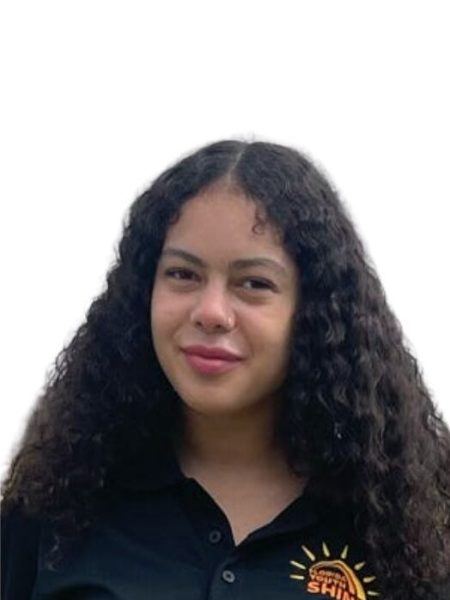BY ANA VECIANA-SUAREZ
AVECIANA-SUAREZ@MIAMIHERALD.COM
Little Emanuel Murray was wearing nothing but a blue onesie when he died on the shoulder of Interstate 275. Richard McTear had tossed the 3-month-old baby through a car window.
Aaden Batista was shaken and slammed so viciously by Jason Padgett Sr. that he died at the hospital the next day from a cracked and bleeding skull. He wasn’t even 2.
Haleigh Marie Caine, 2, was found face down on the floor of her bedroom, bruised and bloodied. An autopsy revealed a lacerated spleen and kidney. Dennis P. Creamer confessed to hitting and kicking her.
And Kataryn Johnson, was bitten, beaten and raped by Joseph Wente before she died. She was 3 years old.
These are but a few of the Florida children killed by the men their mothers allowed into homes that were more horror than haven.
In an eye-opening series of stories that should haunt us into action, Miami Herald reporters Carol Marbin Miller and Audra D.S. Burch retraced the last, agonizing days of these children’s short lives. Heartsick, I read every word, alternating between outrage and alarm. Anyone with a conscience would’ve felt the same.
The most frustrating part? So many of these deaths could’ve been avoided.
The numbers are spine-chilling. During a six-year span, 477 children died of abuse or neglect, even after their family history was known by the Florida Department of Children & Families, the government agency charged with protecting them. Three girlfriends and 62 boyfriends were judged responsible, though not all were charged.
How many children are still living such nightmares?
Florida is far from being unique in its negligence. Sadly, it’s not the only state where the agency charged with safeguarding our children instead fails repeatedly to protect them.
Recent examples of our collective inadequacy: In Portland, a 2-year-old boy died after a beating by his mother’s boyfriend, who was indicted on murder charges earlier this month. In Houston, a 4-year-old girl also was beaten to death. Her father’s girlfriend was charged with her killing last week. And in Louisville, a boyfriend slammed a 4-month-old onto a couch because the infant wouldn’t stop crying. He never cried again.
National data on child abuse can be sketchy, the figures a patchwork, but decades’ worth of studies show that paramours, as social workers label them, are too often the perpetrators. Children living with a mother and her boyfriend are about 11 times more likely to be sexually, physically or emotionally abused and six times more likely to be neglected than kids living with their married biological parents, according to the fourth National Incidence Study of Child Abuse and Neglect, a congressionally-mandated, periodic research effort that assesses the incidence of child abuse in the U.S.
For sure, parents can be monsters, too — as the Marbin Miller and Burch stories so chillingly prove — and there’s no need to pine away for an imaginary Leave it to Beaver era that never truly existed. But an unrelated adult living in a house with young children, especially a boyfriend, is “a huge red flag,” as a University of Pennsylvania child welfare expert so aptly put it. A flag that needs to be heeded by authorities.
Much needs to be done to protect our children from abuse — more oversight, more and better trained caseworkers, more follow-ups and follow-throughs, and less emphasis by state agencies on this romantic notion of “preservation of family.” But perhaps the most expedient solution, certainly the simplest, is the immediate and thorough assessment of a potentially dangerous situation when an unrelated man moves into an already vulnerable household.
A very small step, yes, but one in the right direction.

